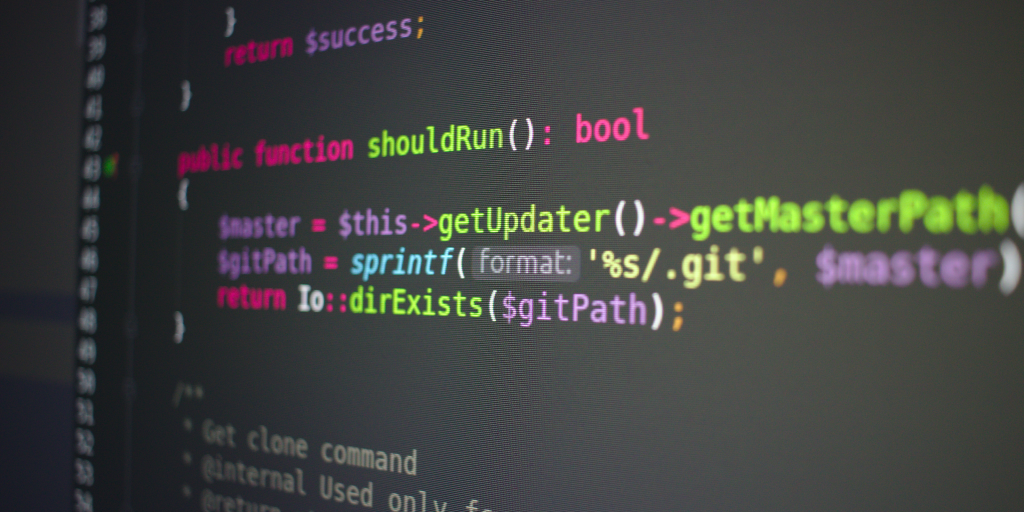Software Services
For Companies
For Developers
Products
Portfolio
Build With Us
Build With Us
Get Senior Engineers Straight To Your Inbox

Every month we send out our top new engineers in our network who are looking for work, be the first to get informed when top engineers become available

At Slashdev, we connect top-tier software engineers with innovative companies. Our network includes the most talented developers worldwide, carefully vetted to ensure exceptional quality and reliability.
Build With Us
Empower Your Workflow: Building a Command-Line Tool with Node.js/

In the realm of modern software development, command-line tools are indispensable for streamlining tasks, automating processes, and enhancing productivity. With Node.js, a runtime environment renowned for its versatility, developers can harness the power of JavaScript to create their custom command-line tools. In this article, we’ll embark on a journey to explore the process of building a command-line tool using Node.js, from inception to execution.
The Significance of Command-Line Tools
Command-line tools, often referred to as CLI tools, provide a text-based interface for interacting with computer systems and executing tasks. They hold immense value for developers, sysadmins, and power users for several reasons:
1. Automation: CLIs enable the automation of repetitive tasks, saving valuable time and reducing human error.
2. Customization: Users can create personalized workflows by combining and scripting various CLI tools.
3. Integration: CLIs can integrate seamlessly with other tools, APIs, and scripts, enhancing interoperability.
4. Scripting: Command-line tools can serve as building blocks for more complex scripts and applications.
Node.js, with its vast ecosystem of packages and libraries available through npm (Node Package Manager), is a perfect choice for crafting CLI tools due to its ease of use and flexibility.
Getting Started with Node.js CLI Development

Creating a command-line tool with Node.js involves several key steps:
1. Setting Up Your Development Environment
Before you embark on CLI tool development, ensure you have Node.js installed on your system. You can download it from the official Node.js website. Once Node.js is installed, you can access the npm command-line tool for managing packages.
2. Designing Your CLI Tool
Every CLI tool begins with a clear design. Define the purpose and functionality of your tool. Consider the options, flags, and arguments it will accept. Sketch a rough outline of how users will interact with your tool.
3. Initializing a Node.js Project
Create a new directory for your project and navigate to it using your terminal. To initialize a Node.js project, run the following command:
shell
npm init
Follow the prompts to generate a `package.json` file that contains project metadata and dependencies.
4. Implementing Your CLI Tool
To create your CLI tool, you’ll typically write a JavaScript file (e.g., `cli.js`) that contains the logic for your tool. Use Node.js’s built-in `process.argv` to access command-line arguments and options.
5. Making Your CLI Tool Executable
To make your CLI tool executable, add a shebang line at the top of your JavaScript file (e.g., `#!/usr/bin/env node`). This informs the system to use the Node.js runtime to execute the script.
6. Installing Globally
To use your CLI tool across different projects or globally on your system, you can package it and distribute it via npm. First, ensure you have a unique name for your package in your `package.json` file. Then, run:
npm link
This command links your locally developed CLI tool to your system’s global `bin` directory, making it accessible from anywhere in the terminal.
7. Testing and Refining Your Tool
Thoroughly test your CLI tool by running it with various inputs and options. Handle edge cases gracefully and ensure that it provide helpful error messages and documentation when users enter incorrect commands.
8. Publishing Your CLI Tool (Optional)
If your CLI tool proves useful and you wish to share it with the community, consider publishing it on npm. You’ll need to create an npm account and use the `npm publish` command.

Conclusion
Building a command-line tool with Node.js is a rewarding endeavor that can significantly enhance your workflow and productivity as a developer. Whether you’re automating repetitive tasks, simplifying complex operations, or creating customized scripts, Node.js CLI tools provide an efficient and accessible way to interact with your computer system.
Node.js’s flexibility and extensive ecosystem of packages make it a robust choice for CLI development. By following the steps outlined in this article, you can embark on your journey to create powerful and user-friendly command-line tools that cater to your specific needs and empower your development endeavors. For more tech insights, visit slashdev.io.

